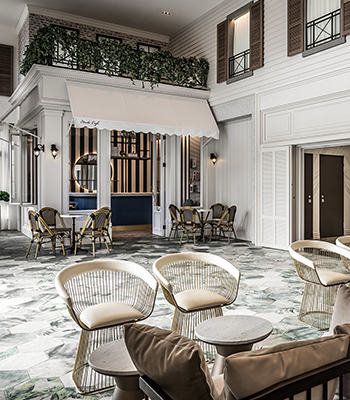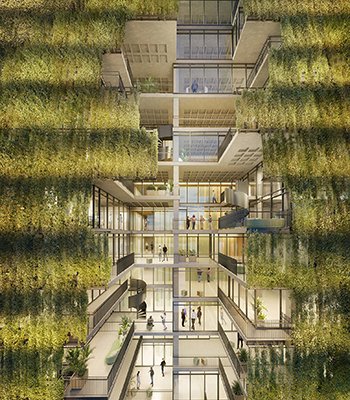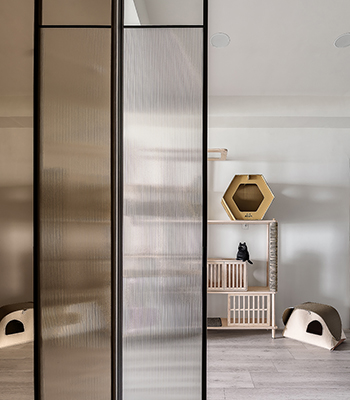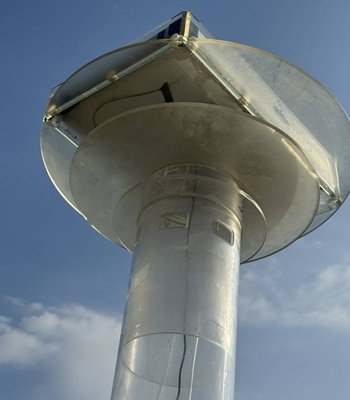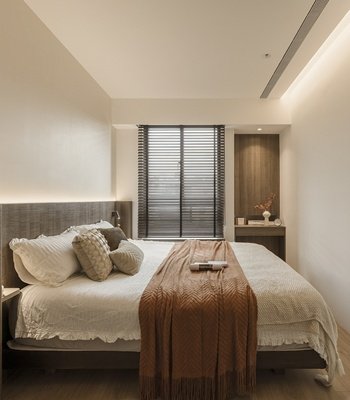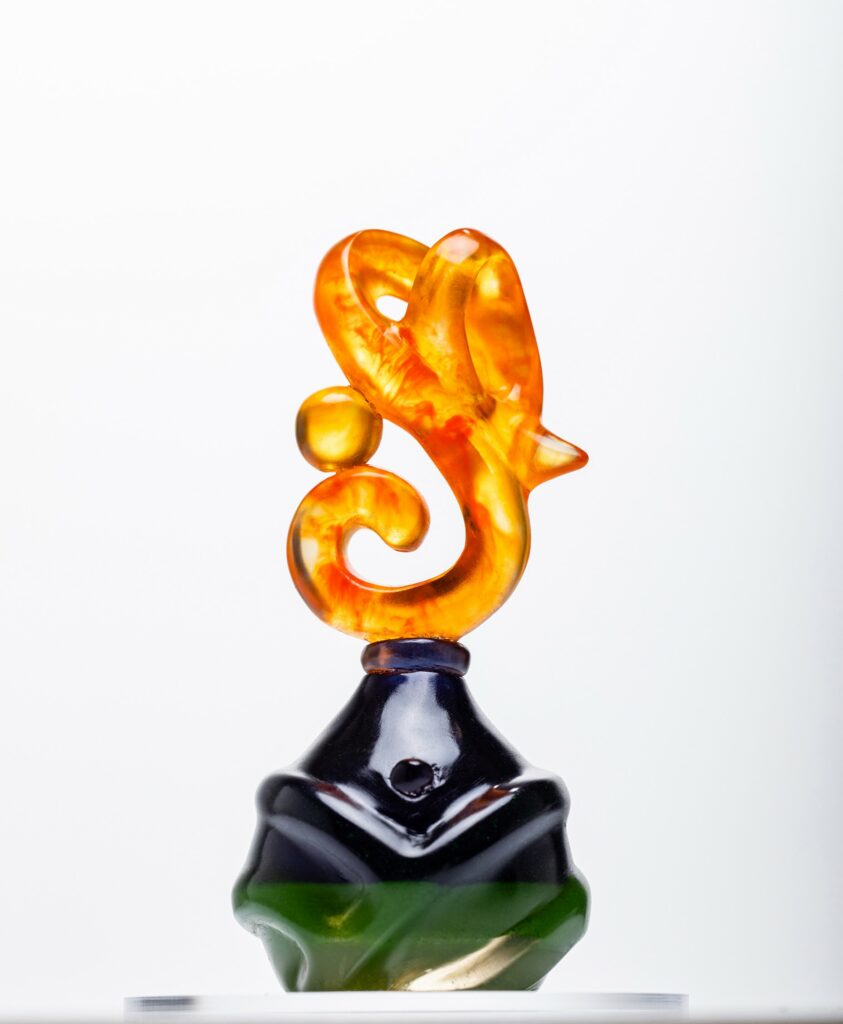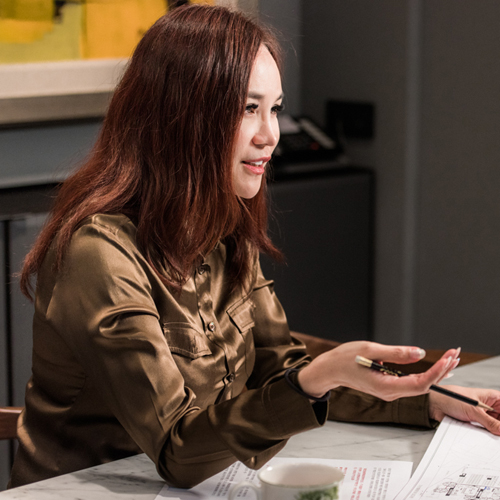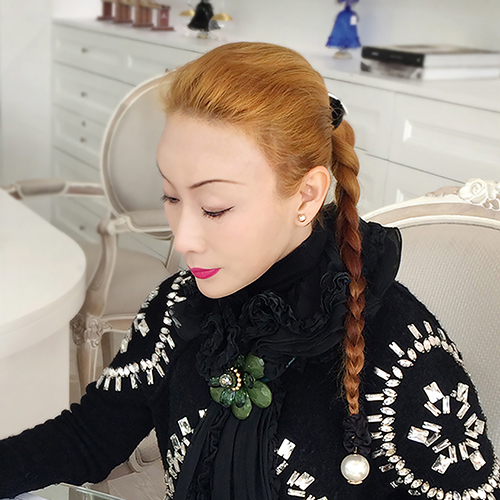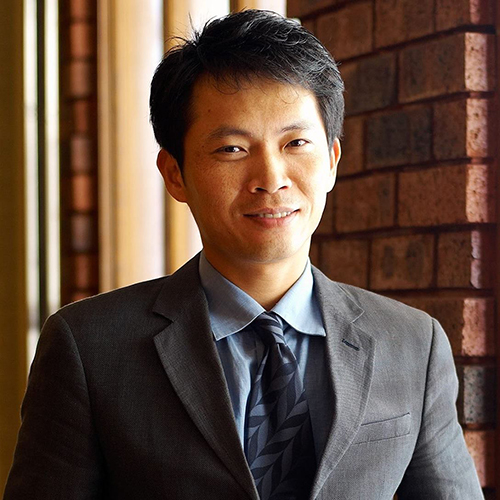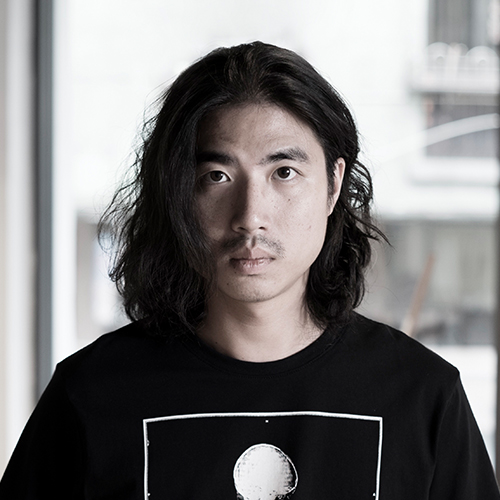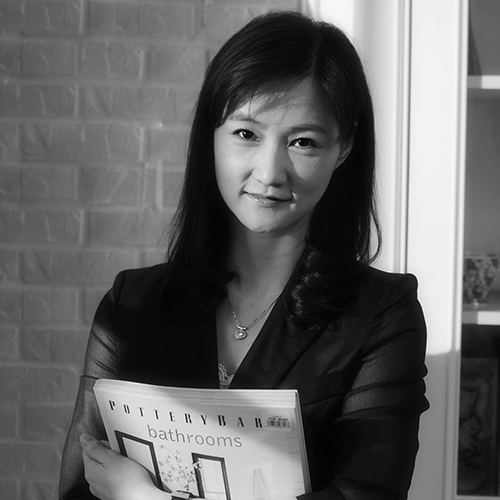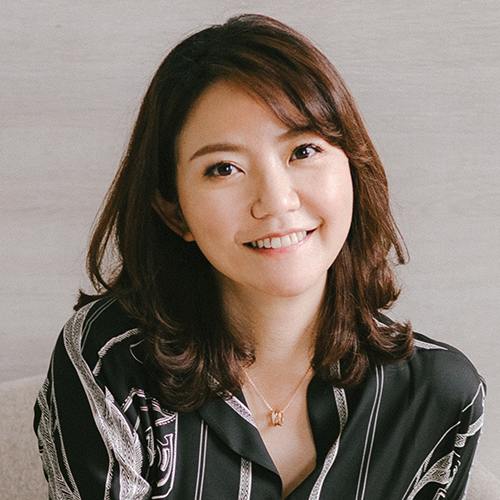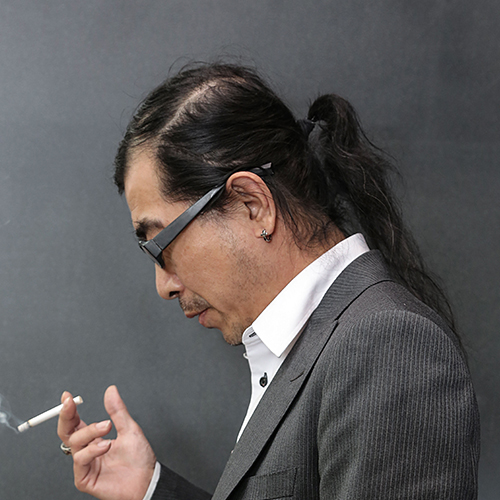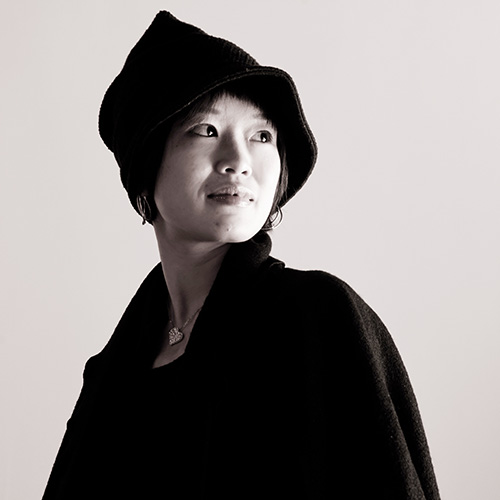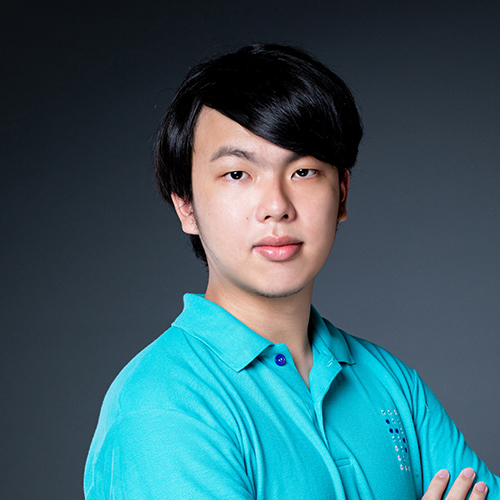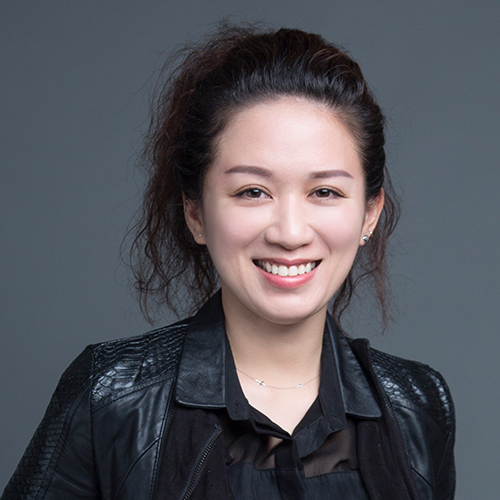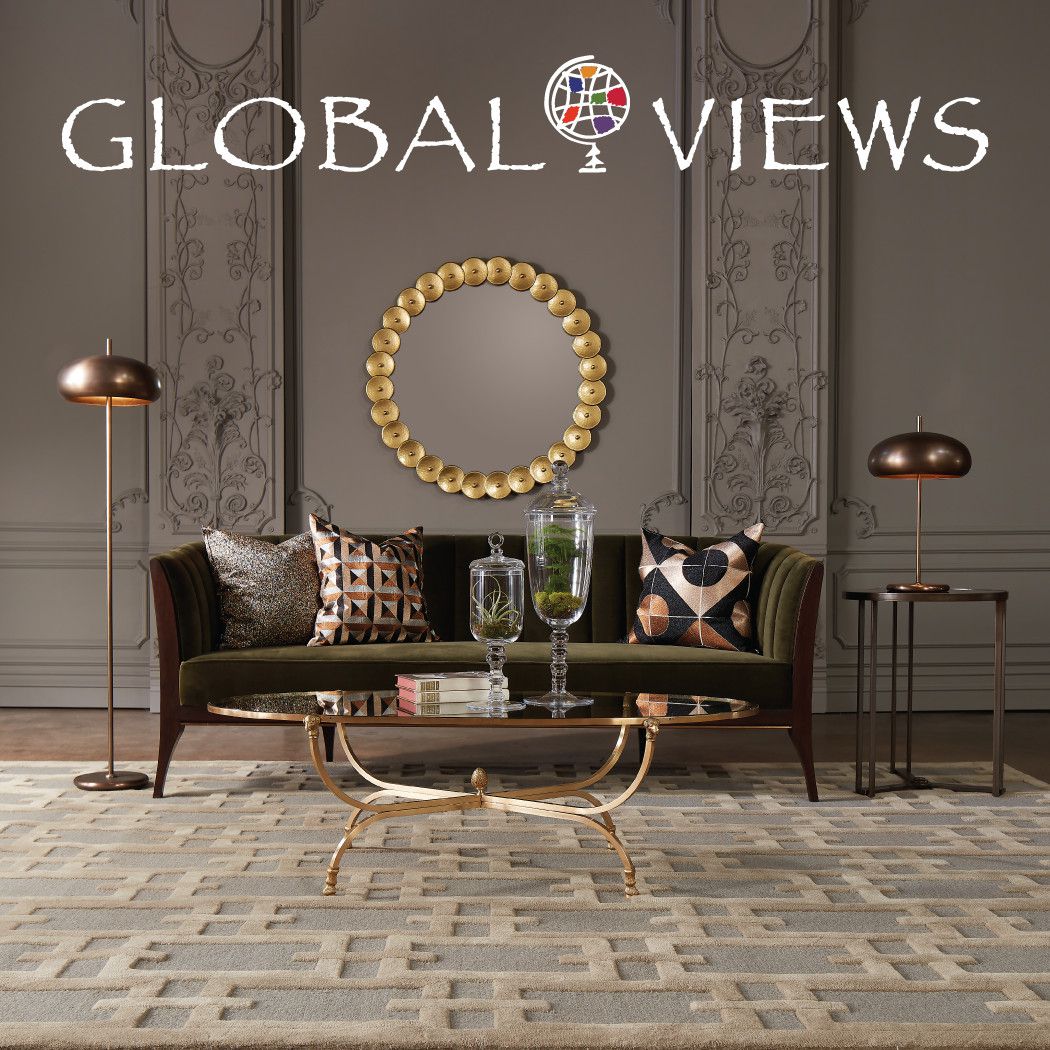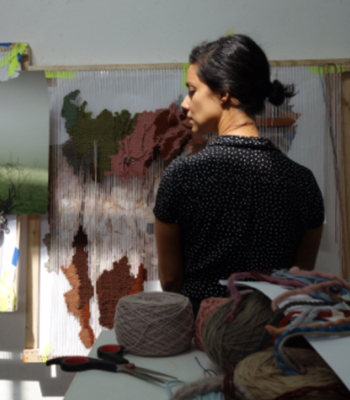
秘魯藝術家 Ana Teresa Barboza 訪談
延伸閱讀:自然的允諾:藝術家 Ana Teresa Barboza 作品欣賞
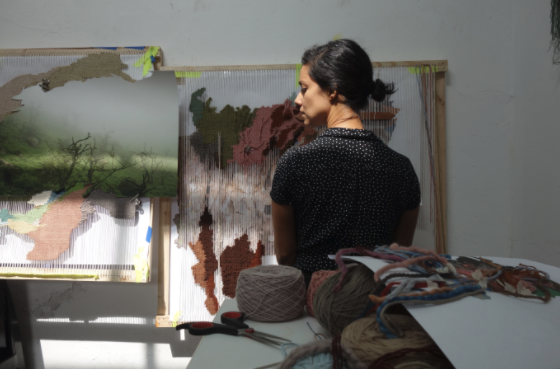
Ana Teresa Barboza’s portrait, photographed in studio|安娜.特蕾莎.巴博扎的個人照,攝於工作室
1. 祕魯如何影響了妳的創作?
How does your Peru background influence your works, whether that be in a social, political, or environmental sense?
祕魯長久以來遺世獨立,歷史上似乎未曾有一個國家能代表這塊土地上所有的文化、理解各種不同住民的差異與需求、為他們的福祉設想。體制總是會想在安第斯山脈和亞馬遜河的森林裡套用城市的模式,不考慮這些山區截然不同的文化背景或語言。這些豐盛的多元價值極具啟發性,但同時這個國度在許多方面都極為匱乏;不過不論是哪一個面向的祕魯,藝術與文化處處可見,無從遁逃。在秘魯旅行,會發現單是一個地區內就有多種地理和物質現實,也會了解不同區域的古代文明是如何發展出不同的技術,去適應惡劣的氣候與地理條件。編織就是其中一項重要的技術。秘魯擁有悠久的織物歷史,在棉花的使用上大約五千年,將蘆葦或托托拉草 (譯註:莎草科植物,與台灣用於編織草蓆的藺草是同科) 等植物纖維用於編織則有一萬年歷史。儘管殖民時期許多織物的智慧都消失了,但還是有很多傳統聚落使織物的傳統得以存續。多虧了紡織品,我才能夠了解那些存儲在織物中、與自然週期相關的完整實踐和知識鏈──也許這就是對我影響最大的事情。
Peru has been culturally segregated for a long time. It seems that there has never been a country in history that can represent all cultures on this land, understanding the varied demands of each inhabitant, and conceiving for their public welfare. The system always attempts to apply the urban model in the forests of the Andes and Amazon River, regardless of the differences of cultural backgrounds and the languages of these regions. It is inspiring and enlightening to have such abundant diversity; however, this country is extremely scarce in many aspects. Art and culture are deeply rooted in every side of Peru, there is no escape. When travelling in Peru, you may notice various geological sceneries and material realities that can be discovered in one region, and also come to understand how ancient civilizations in varied areas developed assorted technologies in order to adapt to such severe climate and geological conditions. Weaving is one of the significant traditional technologies that can be long traced to Peruvian history. Cotton has been used for around 5000 years; plant fibers for instance, reed or totora, have been used in 10,000 years of history. Although many textiles have been lost during the colonial period, there are still numerous settlements that preserve traditional weaving practice in order for the tradition to be inherited. It is textile that allows me to explore and understand all related knowledge of natural cycles stored in textiles, perhaps this is the thing that has a great influence on me.
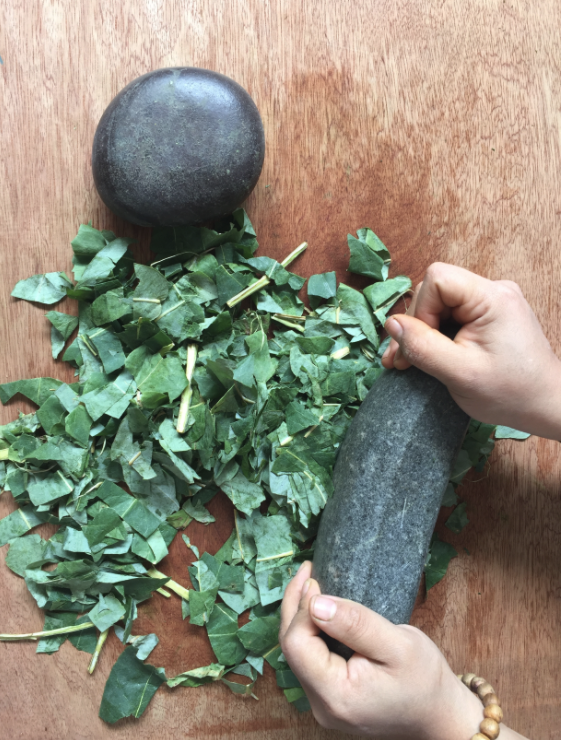
Natural dye process, photographed by Mariel Reyes|植物染工序過程,由瑪麗爾·雷耶斯拍攝
2. 我們了解妳由於祖母而與刺繡、編織縫紉等手藝有深厚的聯繫。那你和大自然的關係呢?
We understand you have a deep connection with manual work (embroidering, weaving or sewing) because of your grandma. What about your relationship with nature?
每年夏天,我的童年總是在沙灘上露營度過;每逢週末,父親都會把所有東西都裝上車,帶我們到利馬以南車程約一小時的地方露營。我最喜歡的是抵達時,一下車腳踩在沙灘上的感覺。秘魯海岸線都是沙漠,利馬也是個無雨之城;每年夏天離開這座城市,是我父母安排的一個喘息機會。他們教我們釣魚,學會看海、乘風馭浪,了解所有海裡的動物,知道怎麼升起篝火以及在夜裡玩捉迷藏。
Every summer in my childhood I have been camping on the beach. My father would load everything onto the car and take us to camp an hour south from Lima. What I like the most is the feeling of stepping on the beach when I first get out of the car. The Peruvian coastline are all deserts, Lima is also a rain-free city. Stepping away from the city is an opportunity to ease that my parents arranged every summer. They taught us how to fish, learn to watch the sea, to ride waves, explore all marine animals, learn how to set a campfire and play hide and seek at night.
3. 妳與自然環境和草藥治療效果的親密關係,是否從孩提時代就已開始? 妳對自然的理解,如何融於生活之中?
Has your relationship with nature and herbal medicine long been in your life from childhood? How do you now incorporate your understanding of nature into your life?
儘管利馬是一個具有西方習俗的城市,但草藥還是深植我們的日常生活。利馬居民來自秘魯全國各地,他們將所有植物的在地知識帶到這座城市。如果在利馬以外的地方旅行,就會發現祕魯人的日常離不開天然草藥。因為祖先傳承的知識,使秘魯人對植物療效有一定的了解。我對自然的理解,都整合在自己的每個日常活動中。包括有意識地選擇我的消費,知道每種選擇都有其結果,一切背後都有一條生產鏈。
Although Lima is a city with western customs, herbs are deeply rooted in our daily lives. Lima residents come from varied places of Peru, they also bring local knowledge of all plants to the city. If you travel outside of Lime, you will find Preuvian’s daily life is tightly connected to natural herbs. Due to the inherited ancestral knowledge, it allows Peruvians to have a certain understanding of the curative effects of plants. My understanding of nature is integrated in my daily activities. Including consciously choosing what I consume, knowing that every choice has its result, and there is a production chain behind everything.
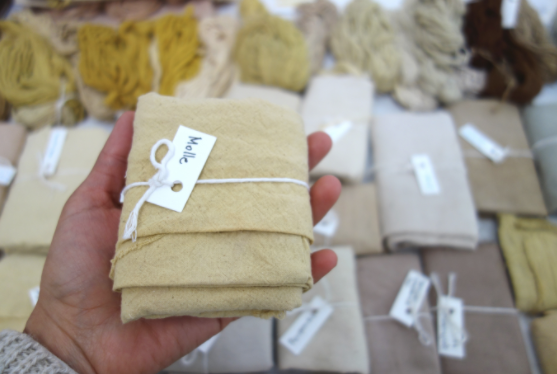
Natural dye fabric used in Ana’s work, photographed by Mariel Reyes|安娜創作的植物染布料,由瑪麗爾·雷耶斯拍攝
4. 一直以來妳都專注於讓人手工藝與自然造化相逢疊合;透過植物染,妳也把這個過程並行的概念擴充,藉由纖維去呈現藝術家、作品、媒材所在的原生環境,使媒材承載生物功能與記憶。植物染背後的想法是什麼?
You have been making a parallel between the process of handcraft and the process of nature. With plant dying, your works seem to interact, in a much more complex fashion, with the beings and elements in the natural environment. What were the thoughts and ideas that went behind this plant dye decision?
每次植物染試驗,都像是我對我最親密的環境的「認識」練習,這個練習讓我看見不同植物精華在織品上所留下的細微差別,這些差別同時記錄土壤和它們生長的環境。這也是一種「觀察」練習,在顏色中,可以看出植物的變化、以及它們因季節而展現的不同顏色。如果再去思量所有攜帶過這些植物的生物足跡,那麼這些萃取出來的顏色,便能將我們與某地連結。植物染也是我的「了解」練習,明白這些植物精華中蘊含的藥用特性和在地知識,使我能將自然的循環融入日常。知識 將我們與環境聯繫在一起,並使我們意識到要尊重這個地球上的所有存在。
Each plant dye experiment is like an exercise in knowing the most intimate environment to me, to see how the nuances remain from plant essences on the textile document the soil and the environment in which they grow. This is kind of observation practice, where you may explore the changes of plants according to the varying colours over seasons. And if we take all the ecological footprints that have carried these plants into consideration, therefore these extracted colours may connect us to a place. Plant dye is also my practice of understanding. Understanding the medicinal properties and local knowledge contained in these plant essences, will allow me to incorporate the natural cycle into my daily life. Knowledge connects us with our environment and makes us aware of the necessity of respect to all beings on earth.
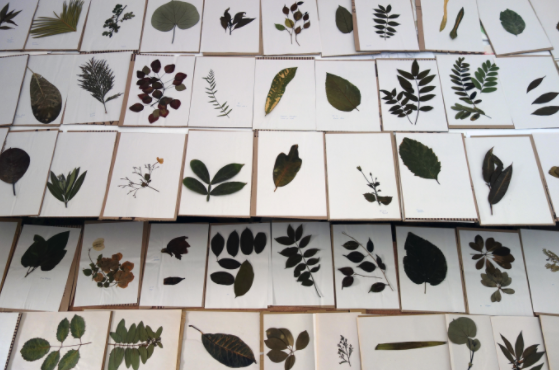
Plants collected by Ana, photographed by Mariel Reyes|安娜採集的植物,由瑪麗爾·雷耶斯拍攝
5. 植物染是妳倡議生物多樣性的行為之一嗎? 植物染的過程與結果如何影響了妳的創作?
Could plant-dye practice be considered as part of the advocate of biodiversity? How does the process and result of the natural dye test affect your works?
祕魯以特殊的地理位置、多樣的氣候和生態系統聞名,有極為豐富的生物多樣性。植物染不僅揭示土地上的繁多物種,還包括這些植物存載的、特定地方的知識和傳統。因此,植物染也是捍衛文化多樣性的一種實踐。我使用植物染纖維創作的作品,是測試實驗的結果。藉由染色,自然循環、氣候、土壤都顯影在纖維上,這告訴我,我們依然能從習以為常的周遭環境中發現驚喜。自然恆常變化,作品也是。
Peru is known for its distinctive geography, diverse climates and ecosystems with a great biodiversity. Plant dye not only reveals the variety of species, but also noted the knowledge and traditions of specific regions stored by these plants. Therefore, plant dye is also a practice to defend cultural diversity. The works I created by using plant dye fibers are the result of experiments. The data of natural cycles, climates and soils all developed on the fibers by means of natural dye, we are still surprised by the surrounding environments that we are accustomed to. Nature is constantly changing, and so do the works.
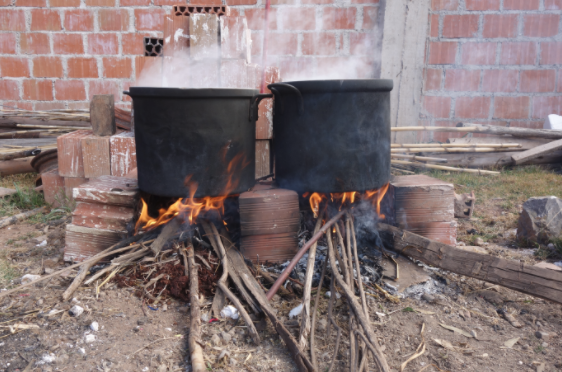
Ana learning the natural dye in Chincheros, photographed by Mariel Reyes|
安娜於欽切羅染坊的學習過程與染色工序,由瑪麗爾·雷耶斯拍攝
6. 過去你會使用合成纖維在作品中,現在則更多使用來自保有傳統編織技法的聚落所產製的動物或植物纖維。這個選擇 與工業紡織業造成的的環境汙染、或保留傳統手藝有關嗎? 請多讓我們知道你和這些祕魯傳統聚落的故事。
You had used Synthetic fiber in your work before, but now you work more with locally produced animal and plant fibers. Is this choice related to the environmental pollution caused by the industrial textile industry? Or your intention of preserving traditional handicraft and textile? Please share more about your stories with these communities where it preserves traditional weaving practice.
兩者皆是。一方面,在了解合成纖維工業化的製作過程後,我意識到購買這些纖維會加劇環境污染的連鎖效應。另一方面,我的家鄉一直在奮力保存傳統紡織悠久的技法及知識。我一踏入紡織的世界時,很自然地便開始好奇各種纖維的源頭,也開始學習家鄉中不同纖維的知識,以及每個地區是如何使用特定的纖維去編織出布料。我花很多時間接觸這些聚落,甚至有種明明是在自己的家鄉、自己卻像外地人的感覺。這些聚落讓我明白我其實對自己的文化所知不多,也了解他們是如何看待這個世界的。我去庫斯科(Cusco)時拜訪了欽切羅(Chincheros)聚落,在那裡,我學習到這個聚落使用的植物染技術。
Both. The choices of natural fibers are related to the awareness of environmental pollution caused by the industrial textile industry as well as preserving traditional textile practice. Knowing the processes of industrial textile behind all the glamour made me aware that chained pollutants are caused by consuming these fibers. On the other hand, people in my hometown have been defending the preservation of traditional textiles and its knowledge for a long time. As I entered the textile industry, I began to have more knowledge about varied fibers produced in my nation, and understand how particular fibers are made into fabrics in different regions, also inevitably keen to explore the origin of textiles.
Approaching communities where it preserves traditional practice has been time consuming. Oddly, communicating with them is just like a foreigner in your own country. These communities allow me to understand how little I know about my culture, and also understand how they see the world. For instance, I visited Chincheros community during a trip to Cusco to learn how they produce plant dye.
Source: Nunu Fine Art



